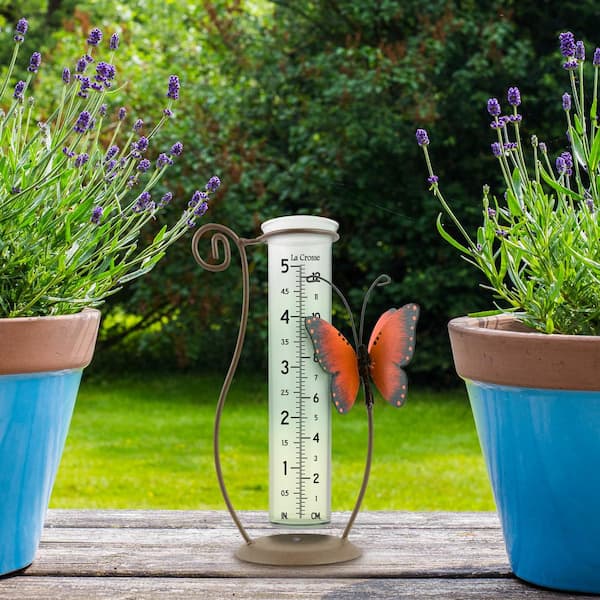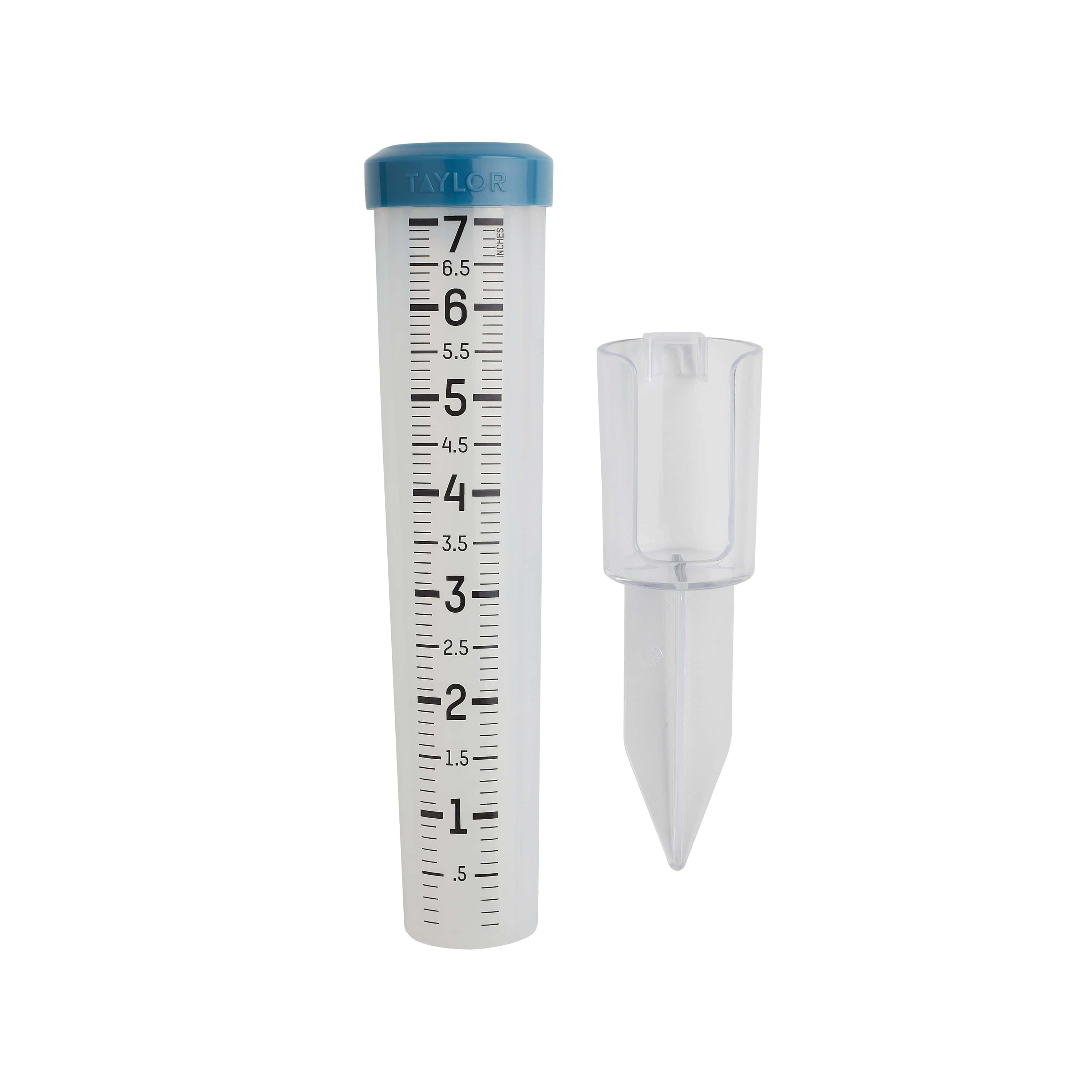The Rain Gauge: A Comprehensive Overview to Accurate Weather Condition Dimension
The Rain Gauge: A Comprehensive Overview to Accurate Weather Condition Dimension
Blog Article
Just How to Pick the Right Rainfall Scale for Accurate Rainfall Information
To get trustworthy dimensions, it is important to choose the ideal rainfall gauge. Considering elements such as location, kind, and precision of the rain scale will certainly aid guarantee exact information collection. In addition, recognizing the upkeep and calibration procedures will certainly contribute to the durability and reliability of your rain gauge.
Significance of Picking the Right Rain Scale
The significance of picking the best rain scale hinges on getting reliable and accurate rains information for precise meteorological analysis. Rainfall data is essential for a vast array of applications, including weather condition forecasting, hydrological modeling, and environment research study. Unstable or incorrect information can lead to incorrect verdicts and flawed decision-making procedures.

Secondly, the precision and precision of the rainfall gauge are vital. The gauge should be able to measure rains with high precision, catching even tiny quantities of rainfall accurately. It should also decrease errors because of evaporation, wind, and other ecological elements. Routine calibration and maintenance are necessary to make certain continuous accuracy.
Additionally, the place and installment of the rain scale are critical considerations. It needs to be positioned in an open location, far from blockages that can impact rainfall measurements. The gauge needs to be positioned at an ideal elevation and angle to avoid splashing and make sure correct catchment of rainwater.
Variables to Consider When Selecting a Rainfall Scale
When picking a rain gauge, there are several essential aspects to think about. There are various kinds readily available, including conventional rainfall determines, tipping bucket rain assesses, and considering rainfall determines.
Another factor to consider is the material of the rain gauge. Rain gauges can be made of various materials, such as glass, plastic, or steel. The product picked need to be resistant and resilient to weather problems, ensuring that the rain scale will endure the components and offer precise measurements in time.
Accuracy is additionally a vital variable to take into consideration. Search for rain evaluates that have been calibrated and tested for precision. Functions such as anti-splash rings and funnels can also improve the precision of the dimensions.

Last but not least, think about the climate and atmosphere in which the rain scale will certainly be utilized. Various rain gauges appropriate for various climates, so it is crucial to choose one that is ideal for the conditions in your location.
Different Kinds Of Rainfall Gauges Offered
To further explore the elements to take into consideration when selecting a rain gauge, it is essential to comprehend the various types of rain evaluates offered. The most typical type is the common rainfall scale, also known as the cylindrical rainfall scale.
Another kind of rain gauge is the tipping bucket rain scale. As the rain drops into the gauge, it loads up one visit site side of the bucket, creating it to tip and clear the water.
A third kind of rain scale is the considering rainfall gauge. As the rainfall falls right into the gauge, it is accumulated in a container connected to a balance.
Finally, there are likewise remote rainfall evaluates that usage progressed technology to measure rains (The Rain Gauge). These assesses usage sensors and transmitters to send information wirelessly to a main device. Remote rain assesses are hassle-free for checking rainfall in hard-to-reach areas or for large information collection
How to Establish the Accuracy of a Rain Gauge
One method to analyze the accuracy of a rainfall gauge is by carrying out routine calibration dimensions. Calibration entails contrasting the analyses of a rainfall gauge to a standard measurement, such as a licensed rain scale or a weather condition terminal with high precision. By contrasting the dimensions, any kind of discrepancies or inaccuracies in the rain gauge can be recognized and represented.
To carry out a calibration measurement, begin by gathering rainfall information from both the rainfall scale and the basic measurement device over a particular amount of time, such as a month. After that, contrast the analyses and compute the distinction in between them. This distinction is referred to as the calibration error.
It is very important to keep in mind that calibration measurements should be executed routinely, as ecological variables, such as temperature level, debris, and wind, can affect the precision of the rain scale gradually. By carrying out regular calibrations, any kind of modifications in the accuracy of the rainfall gauge can be discovered and adjustments can be made as necessary.
In addition to calibration, it is also suggested to tidy and maintain the rainfall gauge regularly to guarantee its accuracy. Eliminate any particles or blockages that might impact the accuracy of the dimensions, and check for any type of signs of damages or put on that may call for repair he said services or replacement.
Tips for Keeping and Adjusting Your Rainfall Gauge
Normal upkeep and calibration are vital for making certain the accuracy and reliability of your rainfall scale in determining rains data (The Rain Gauge). By complying with a couple of easy pointers, you can guarantee that your rainfall scale is correctly preserved and adjusted
Firstly, it is crucial to cleanse your rain gauge regularly to avoid any kind of particles or dirt from blocking the rainfall collection mechanism. Utilize a moderate cleaning agent and a soft brush to gently cleanse the inside and exterior of the scale. Wash it thoroughly with clean water and enable it to dry completely before reinstalling it.
Second of all, it is recommended to calibrate your rainfall scale at least once a year. Calibration more information includes comparing the measurements of your rain gauge with those of a trusted and accurate recommendation gauge. This will assist you identify and fix any type of prospective errors in your rain gauge's measurements.
To calibrate your rain gauge, collect a known volume of water using a measuring container and compare it with the measurements taped by your rainfall gauge. Change the readings accordingly to guarantee accuracy.

Verdict
To conclude, choosing the right rainfall scale is critical for acquiring accurate rains data. Factors such as spending plan, purpose, and area ought to be considered when picking a rain scale. There are numerous types of rain gauges readily available, each with their own advantages and restrictions. It is essential to frequently maintain and calibrate your rain gauge to ensure its accuracy. By adhering to these standards, precise rains data can be gotten for various applications.
There are various kinds offered, consisting of typical rainfall determines, tipping bucket rain gauges, and weighing rainfall evaluates.To additionally check out the aspects to think about when selecting a rain gauge, it is essential to comprehend the different types of rain determines readily available. The most usual kind is the common rain scale, additionally understood as the cylindrical rain scale.An additional kind of rainfall gauge is the tipping container rainfall scale. Calibration entails contrasting the readings of a rain gauge to a conventional measurement, such as a certified rainfall gauge or a weather terminal with high accuracy.
Report this page